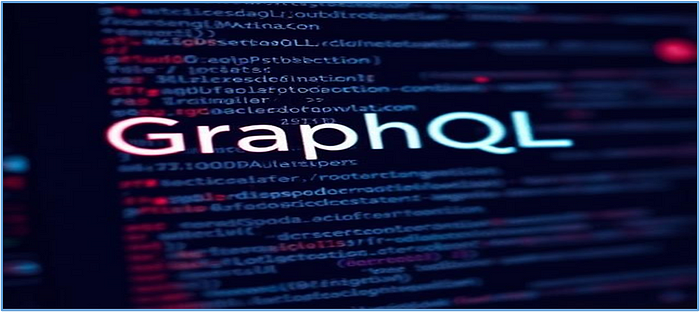Member-only story
GraphQL Vulnerabilities: A Complete Guide to Security Testing and Advanced Exploitation Techniques

Disclaimer: This document is for educational purposes only. Exploiting systems without authorization is illegal and punishable by law.
Stay ethical. Stay legal. Secure responsibly.
Thanks, Everyone for reading. Enjoy Happy Ethical Hacking!
Support me if you like my work!
FREE-LINK:
GraphQL has revolutionized how APIs are designed and consumed, offering flexibility, efficiency, and powerful querying capabilities. However, with great power comes great responsibility. GraphQL’s unique architecture introduces a range of security vulnerabilities that, if left unaddressed, can lead to severe consequences such as data breaches, denial of service, and unauthorized access.
In this blog, we’ll dive deep into the world of GraphQL vulnerabilities, exploring how to test for them, advanced techniques for exploitation, and best practices to secure your GraphQL APIs.
1. Introduction to GraphQL Security
GraphQL is a query language for APIs that allows clients to request exactly the data they need. Unlike REST APIs, which expose fixed endpoints, GraphQL exposes a single endpoint and allows clients to define their queries dynamically. While this flexibility is a boon for developers, it also opens the door to a variety of security risks.
Why GraphQL Security Matters
- Single Endpoint: A single endpoint can be a single point of failure.
- Dynamic Queries: Clients can craft complex queries, which can be abused.
- Introspection: GraphQL’s introspection feature can expose sensitive information.
- Lack of Built-in Security: GraphQL does not enforce security measures by default.

